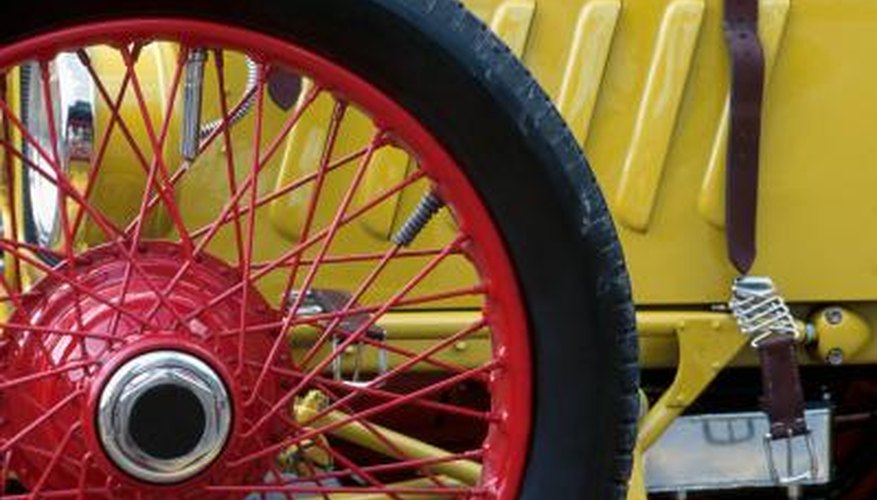Synthetic rubber is now used so widely that many people don't realise that rubber is a natural substance made from tree sap. First synthesised out of necessity during World War II, poly butyl rubber is now used in materials such as adhesives and lubricants. Used widely due to its many advantages, there are also a few disadvantages to this type of synthetic rubber.
History
Before the 1940s, polyisoprene was the most commonly used rubber. A natural rubber, it was isolated from the sap of hevea trees, grown on plantations in Malaysia. When World War II began, the Allied nations had to find another source for rubber, as Malaysia had been conquered by the Imperial Japanese Army. They began to use polyisobutylene, or poly butyl rubber which, ironically, had been invented by chemists in Germany. American chemists made it more useful when they crosslinked it by copolymerising isobutylene with a small amount of isoprene.
- Before the 1940s, polyisoprene was the most commonly used rubber.
- They began to use polyisobutylene, or poly butyl rubber which, ironically, had been invented by chemists in Germany.
Applications
Poly butyl rubber was used widely for tire inner tubes before the development of other synthetic rubbers. It is now mainly used in lubricants, adhesives and caulking compounds. It is also used to make basketballs and gas masks because of its low permeability to gases.
Advantages
Poly butyl rubber has many advantages which make it highly desirable in many synthetic products. It has a low porosity toward organic solvents and reactive chemicals. It also is extremely stable chemically and can be produced at a low cost.
Disadvantages
One disadvantage to poly butyl rubber is its poor water vapour permeability. It has also been observed that polyisobutylene-based tackifiers are unstable at certain temperatures that can be reached when exposed to high-temperature grease. The polymer experiences degradation as a result of the base oil's oxidation.
